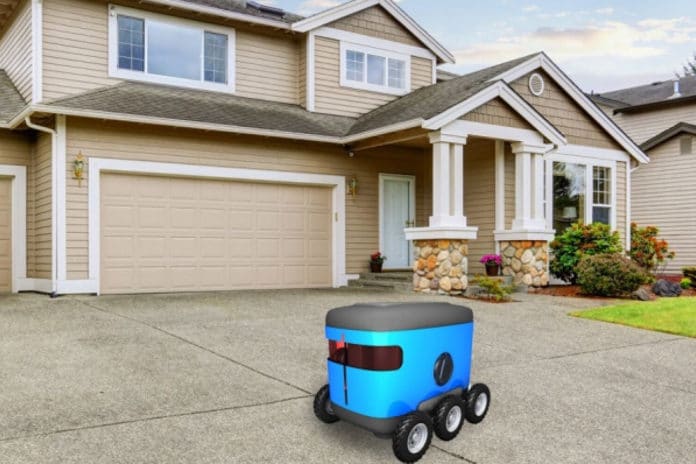Researchers at the Massachusetts Institute of Technology (MIT) have developed a new method that enables rolling delivery robots to locate their destination reliably. You do not need detailed instructions, such as a map that shows the exact location of the front door.
Instead, they use information from the environment to plan out a route to its destination that can be described in general terms, such as “front door” or “garage.” For example, when they drive down a street, they identify a garage as it is because they have learned that their door is much larger than a front door.
If the robot is instructed to deliver a package to someone’s front door, it might see a driveway, which it has been trained to recognize as likely to lead toward a sidewalk that, in turn, is likely to lead to the front door.
The new process reduces the time it takes for a robot to find the target on a property, the experts say. “We wouldn’t want to have to make a map of every building that we’d need to visit,” says Michael Everett, a graduate student in MIT’s Department of Mechanical Engineering. “With this technique, we hope to drop a robot at the end of any driveway and have it find a door.”
The new algorithm called semantic SLAM (Simultaneous Localization and Mapping) translates the environmental information into the map that specifically identifies paths that can lead to a front door.
Everett, Jonathan How from MIT and, Justin Miller of the Ford Motor Company, who was also involved in the development, trained their robot using satellite imagery from Bing Maps. In the training area, there were 77 houses. The robot learned to recognize hedges, driveways, and front doors. In testing, it turned out that the rolling robot reached its target almost 200 percent faster than classical navigation algorithms.
What’s interesting about the algorithm is it allows the delivery robot to make decisions at the moment while navigating a new environment on the most efficient path to take to a semantic destination such as a “front door.”
“Even if a robot is delivering a package to an environment it’s never been to, there might be clues that will be the same as other places it’s seen,” Everett says. “So the world may be laid out a little differently, but there are probably some things in common.”
